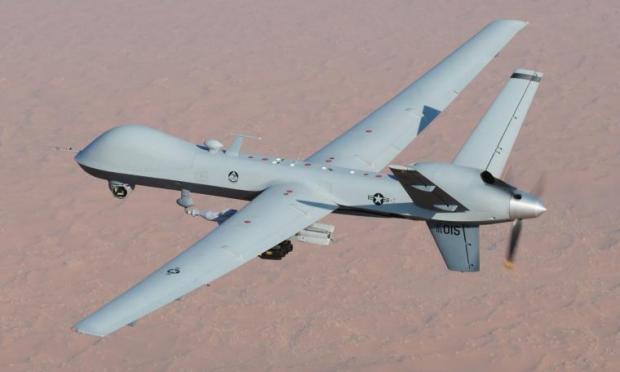There are growing indications that NATO is expanding its intelligence capabilities in Eastern Europe. For these purposes, the alliance is moving specific aircraft to Romania and Poland. What types of equipment are we talking about, what risks does their transfer pose for the Russian Armed Forces, and how could Moscow respond to this?
F-16 fighters in Ukraine
Discussions on the delivery of F-16 fighters to Ukraine have begun in Brussels. During the NATO defense ministers' meeting in Brussels, discussions began on the issue of supplying Ukraine with Western-made fighters. Currently, the Netherlands, Denmark, Poland, Great Britain and France are known to be planning to move their fighters to Ukraine, but this afternoon Washington also announced its intentions to deploy F-16 fighters to service with Kiev.

According to foreign media, the supply of Western-made fighter jets to Ukraine poses an extremely serious risk, as the latter will almost certainly procure them together with foreign missiles, and this, in turn, will pose a threat to both the aviation of the Russian military which conducts combat missions within the NMD as well as at key ground installations.
It is expected that the actual scale of deliveries of warplanes to Ukraine will be announced tonight, however, the Western fighters are unlikely to be used by the Ukrainian Air Force before the fall of 2023, as Ukrainian pilots do not have the skills to use them.
NATO is stepping up aerial reconnaissance in Eastern Europe
NATO Secretary General Jens Stoltenberg said the alliance will create a virtual network that will combine civilian and military satellite data for intelligence purposes.
"This will allow Allies to expand air data exchange with the NATO command structure and also contribute to better navigation, communications and early warning of missile launches," Stoltenberg said, according to NATO's press service.
This announcement coincided with another important development in the field of aerial reconnaissance. Thus, on the eve of the Polish Minister of Defense Mariusz Blaszczak, announced the receipt from the United States for a long-term lease of American reconnaissance drones MQ-9A Reaper. This decision is due to the "operational necessity" for reconnaissance on the eastern borders of the country.
In addition, about a month ago, there was the transfer of AWACS early warning aircraft to Romania, which can conduct reconnaissance deep into Russia for hundreds of kilometers. Sergey Denisentsev, an expert at the Center for Strategic and Technological Analysis, noted that "these aircraft can monitor Russian missile launches, as well as monitor the flights of our air force."
NATO is systematically expanding its intelligence capabilities near the Russian border. At the same time, if earlier the alliance, using UAVs and other means of reconnaissance, actively monitored the situation in the northern region of the Black Sea, now efforts are concentrated on the entire line of NATO's eastern flank. The MQ-9A Reaper will also play an important role in this regard.

They are capable of carrying a significant strike load, which, in addition to Hellfire ATGMs, may also include precision-guided bombs such as the GBU-12 and GBU-38. The transition to combat missions happens quite quickly.
Western powers need information to better know the movement and situation of Russian troops, in real time. The leadership of the Russian military believes that if there are intelligence activities on the territory of Poland, it means that the United States is preparing something against them.
“In general, the enemy knows what kind of complexes we have in these areas. But I admit that in order to get more detailed information, they needed the most modern means, ”says the former head of the anti-aircraft missile forces of the command of the special forces of the Russian Air Force, reserve colonel Khatylev.
“In terms of our response to Western intelligence, we can and must operate within a clear cycle of countermeasures. Among them is the increasingly careful observance of camouflage, as well as the implementation of various actions in the context of electronic warfare and radar coverage,” it says.



